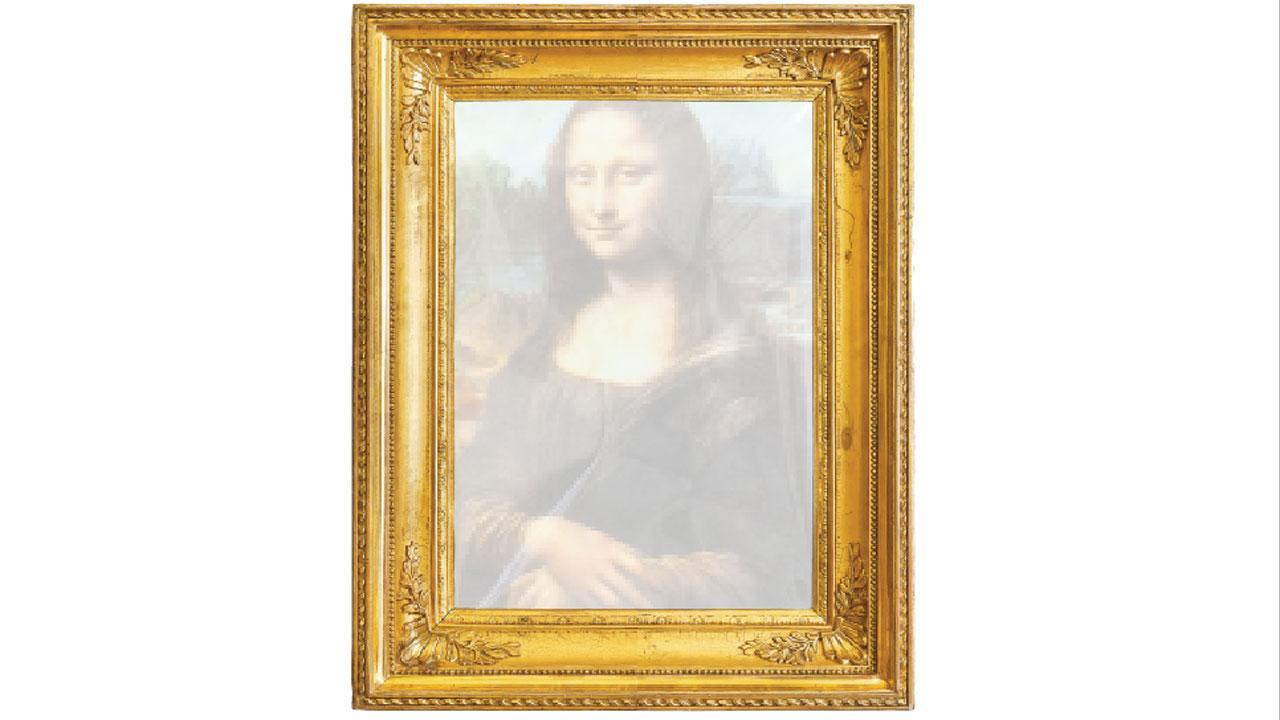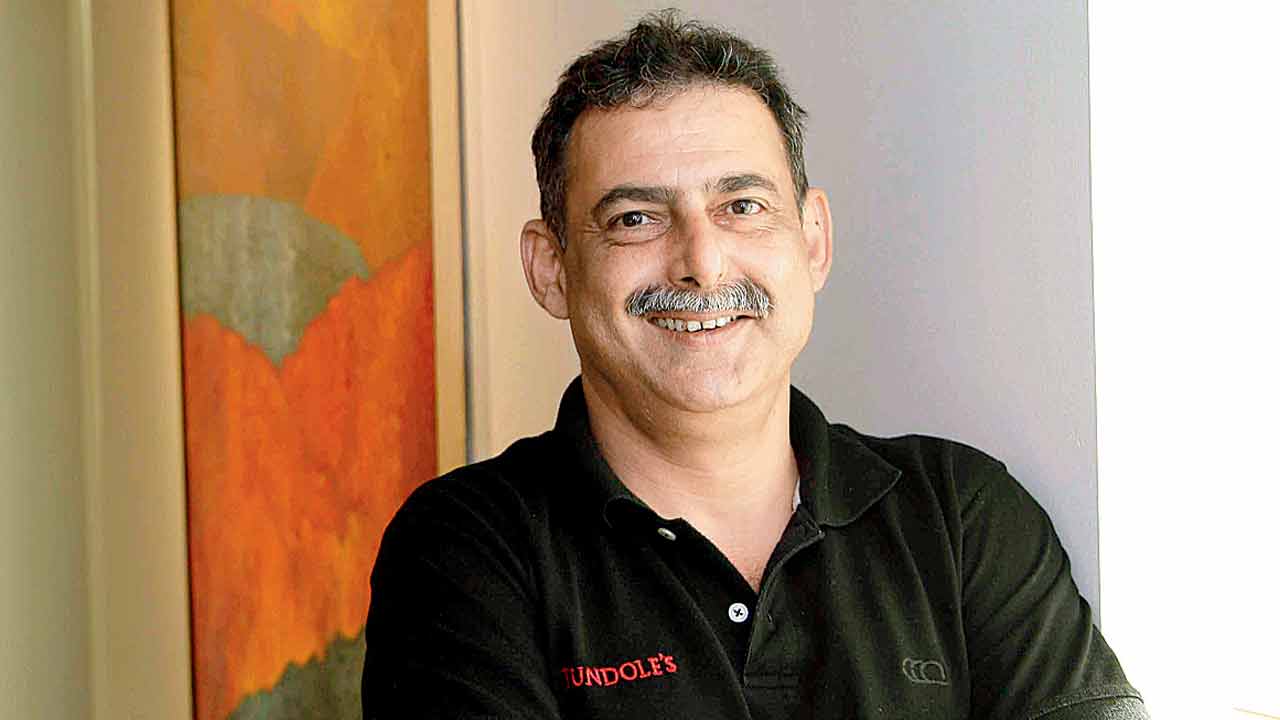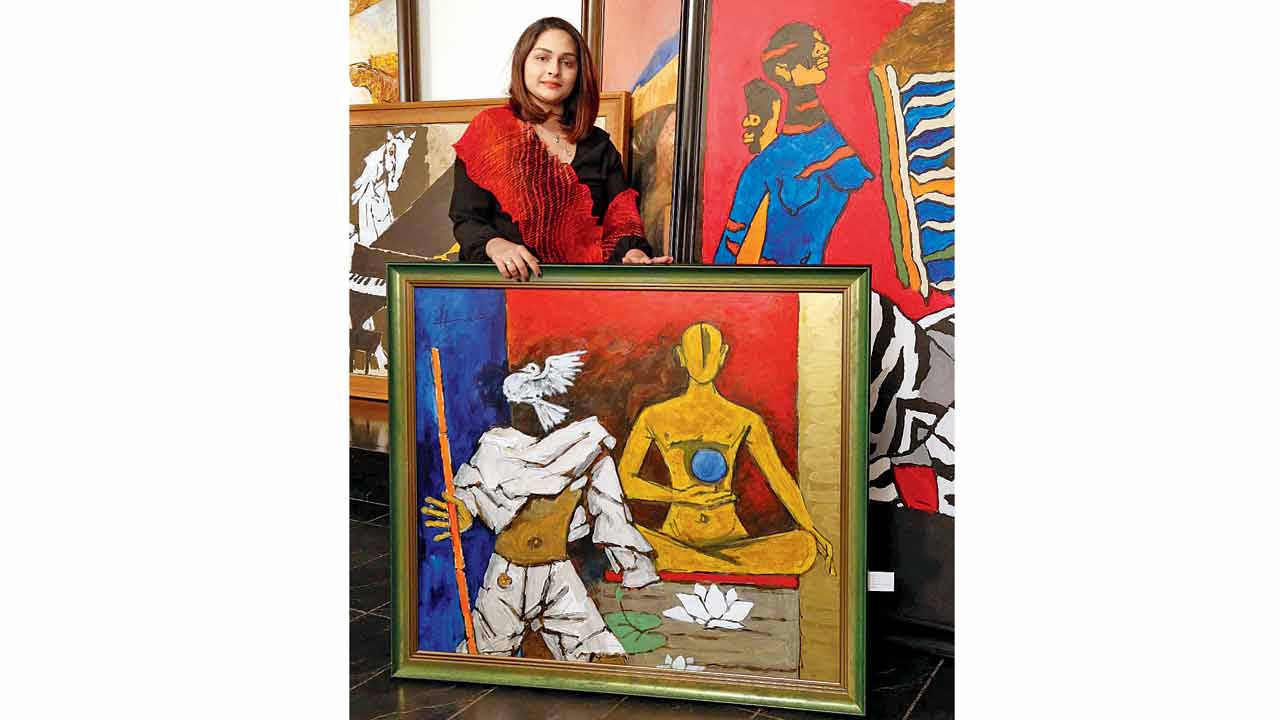After cake was dirty on a Mona Lisa during a Louvre Museum, Paris, we spoke to city gallerists and curators on precautionary measures they take to strengthen artworks from damage

Representative Image
Tasneem Zakaria Mehta, director, Dr Bhau Daji Lad Museum

Since a Museum Trust was shaped in 2003, it has been in assign of a museum collection. We have not had any incidents. The museum has a custom in place for a reserve of a objects. Water and succulent equipment are not authorised inside; instead, we yield filtered, celebration H2O stations nearby a Museum Café. This is a reserve magnitude we take right during a commencement when visitors enter. Secondly, all objects are in thick and stout wooden cases and structures that strengthen them. Hypothetically, if any repairs to museum objects were to occur, a gallery staff will warning a curatorial staff, who will check a repairs with conservators. The objects will be taken off display, subjected to consummate checks, and a minute support news will be made. Finally, a objects will be remade and easy before being put on arrangement again. Moreover, we have difficult daily confidence protocols in place. Every day before a museum opens and after it shuts, we do a consummate check to count and check all a displayed objects, a showcases, a windows and so on. And each Wednesday, we take a few objects for cleaning. There is a unchanging watch on all displays.
Hena Kapadia, founder, Tarq

The occurrence in Paris was an act of criticism and we’ve never faced that during a gallery, though we do have simple policies in place to safeguard that art is safeguarded. We pronounce to viewers as they enter, generally if it’s an interactive vaunt where people are meant to reason a design or if a pieces are really delicate. Additionally, people with vast backpacks can keep it during a accepting before they travel around. In transporting a artwork, we safeguard all wrapping is waterproof, and artworks are stable within crates. We have veteran packers and shifters, and a lerned group of art-handlers onboard.
Dr Arshiya Lokhandwala, curator, art historian and gallerist, Lakeeren Gallery

While unresolved works in a gallery, one has to be prepared for anything unsafe — pieces removing stolen or vandalised are possibilities. The Mona Lisa has a protecting potion covering, that is a approach of being prepared and holding precautions. Additionally, one can have attendants to safeguard that viewers don’t reason a work, say distance, and children are supervised.
Dadiba Pundole, owner, Pundole Art Gallery

One can take all a precautions that are probable though even over that, accidents can happen. Besides surveillance, we can have earthy monitoring to some extent. Everyone knows there’s a protecting potion around a Mona Lisa, so a act was directed during sketch attention. What can we do to predict and forestall something like that?
Atyaan Jungalwala, co-founder, Chemould/Shift

We put down masking fasten on a building so people are wakeful that they can't go over a boundary, a artworks are insured and framed in museum glass, and ‘do not reason signs are placed nearby a display, generally if they are frail and bother oddity in a approach that people wish to reason it.
Sanjana Shah, gallerist and curator, Tao Art Gallery

The custom depends on a muster we’re showcasing. If it’s an muster of a comparison artist or a master, we reason invite-only private previews so each spectator is accounted for. For open viewing, staff is positioned around a gallery to monitor. Moreover, paintings are framed with glass, and a block is placed around sculptures. But if anything does get damaged, there are ways to revive a work to an extent; this is a final resort. And finally, all a artworks in a gallery’s collection and the master collections are insured.

<!–
.poll-error{
color: red;
}
.radio-form-wrapper {
list-style: none;
padding: 0;
margin: 0;
font-family: “BentonSansCond Medium”;
font-size: 16px;
}
.radio-form-wrapper li {
border-bottom: 1px solid
margin-bottom: 10px;
}
.progress {
display: -webkit-box;
display: -ms-flexbox;
display: flex;
height: 1rem;
overflow: hidden;
font-size: .75rem;
background-color:
border-radius: 0.25rem;
}
.poll-progress {
width: 30%;
display: inline-block;
margin-top: 8px;
height: 11px;
}
.poll-yes-repeat {
width: 8%;
display: inline-block;
text-align: end;
}
.font-green {
color: green;
}
.font-red {
color: red;
}
element.style {
}
.poll-yes {
width: 60%;
display: inline-block;
}
.font-blue {
color:
}
.poll-display {
display: none;
}
.width-submit{
width: 25%;
color: rgb(255, 255, 255);
background-color: rgb(0 102 178);
border-color: rgb(0 102 178);
}
@media shade and (max-width: 480px) {
.width-submit{
width: 100%;
}
.poll-progress {
width: 30%;
}
.poll-yes {
width: 50%;
}
.poll-yes-repeat {
width: 14%;
}
}
–>
